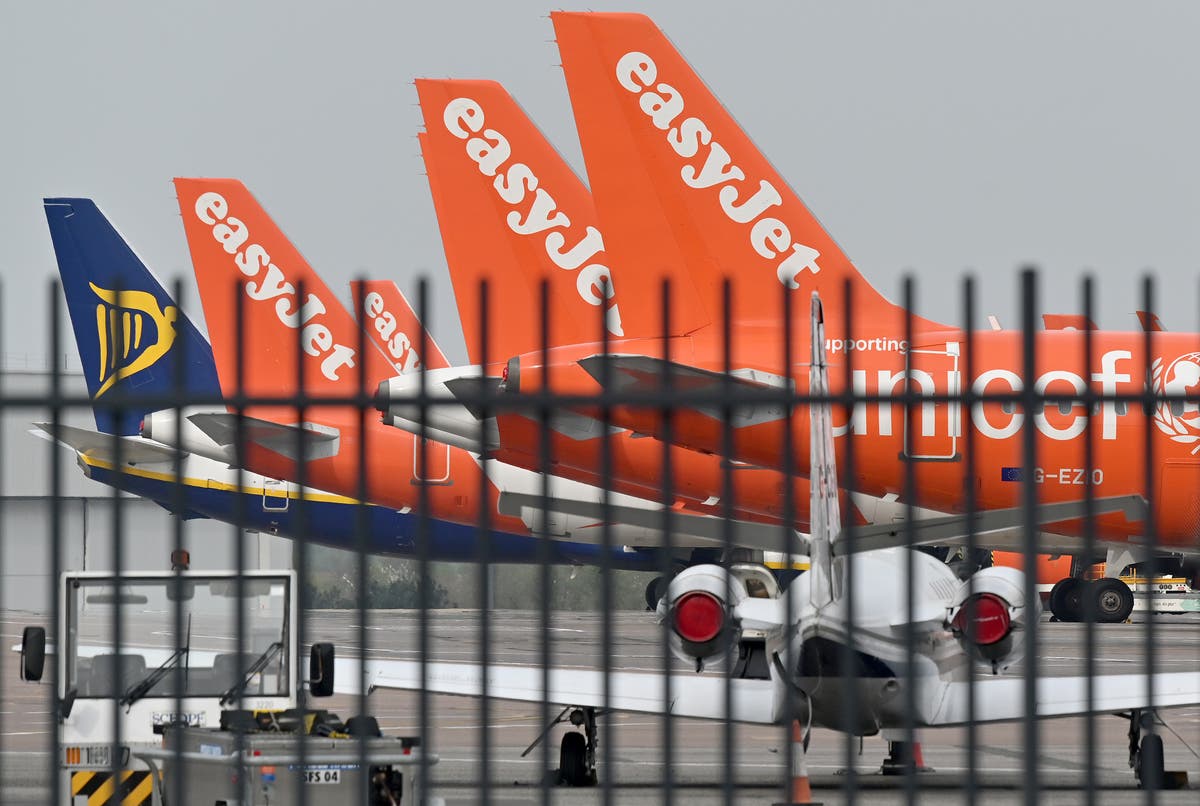EV charger hogging: will this become the next obstacle in S’pore’s drive towards EV adoption?
With EVs becoming more common, it has also become more common for drivers to hog EV lots- but how bad is the problem, and what can be done?

Disclaimer: Any opinions expressed below belong solely to the author.
Electric Vehicles (EVs) are becoming more prevalent in Singapore. According to Transport Minister S Iswaran, more than 10 per cent of all new car registrations in 2022 were EVs.
The government has also introduced a whole suite of incentives for drivers to switch to EVs, as well as for property developers to provide charging infrastructure to support the growing population of EVs in Singapore.
Certainly, this is cause to celebrate- EVs are better for the environment, and infrastructure is key to helping provide convenience and ease range anxiety for potential EV buyers.
But in recent months, a new issue seems to be cropping up- EV charger hogging.
One driver apparently hogged an EV charger at Changi Airport for days, and another EV driver reported that someone at Century Square had left his EV plugged in despite having a full charge.
This is perhaps something that has been overlooked in Singapore’s rush to embrace EVs- after all, part of the appeal of driving an EV is that you can let your car charge while you attend to other business- like getting groceries, shopping, or having a meal.
So how prevalent is the problem, and what, if anything, should be done about it?
How common is the problem?
“I’ve been driving my EV for more than a year now- though I have been lucky not to have really encountered other drivers who hog chargers,” recalls Raymond Lay, a Tesla owner.
“There was a case where I thought another Tesla was hogging a supercharger because it was plugged in but there was no light indication. But I realised that some cars may not have that indication during charging, so I was probably mistaken that the car was hogging the supercharger. “
 Raymond Lay, one of the founders of Tesla La Kopi/ Image Credit: Raymond Lay
Raymond Lay, one of the founders of Tesla La Kopi/ Image Credit: Raymond LayRaymond is also one of the founders of Tesla La Kopi, a community of Tesla owners and enthusiasts in Singapore. According to him, a recent poll of the community found that over 85 per cent of Tesla owners in Singapore did not experience any hogging at a supercharger in the past 6 months, while the rest experienced between one to five incidents over the same period.
While apps like Pokespace can help, it also creates friction for EV owners, since it’s an external app made for EV users.
Raymond also says that for Tesla, the problem is not as pronounced- most complaints of EV hogging are from non-Tesla owners, in part because with Tesla superchargers, drivers can review the availability of chargers online.
 A driver looking for a Tesla charger/ Image Credit: Tesla
A driver looking for a Tesla charger/ Image Credit: TeslaOne member of Tesla La Kopi has also apparently created a web page which pools data to show the availability of chargers in Singapore, and predict when chargers will become available.
Even then, however, Raymond notes that EV charging infrastructure around his area in Punggol is more than sufficient- even if one charger is taken, it’s a short five-minute ride to the next available one.
“Interestingly, because there is a lack of confidence in the charging infrastructure, it actually means that for now, infrastructure is more than enough. And because of government tenders or plans, EV charging service providers have already stepped up the installation of EV chargers in housing estates.”
What measures are currently in place?
At present, the government is mandating that minimum numbers of charging spots be made available in new estates such as Tengah.
Aside from this, there is also the EV Common Charger Grant by Singapore’s Land Transport Authority, which provides subsidies for installing chargers in non-landed private estates.
There are also private sector initiatives, such as those by Juice+, Charge+, and others to increase the number of available charging stations.
Borneo Motors has also partnered with SP Group to pilot EV-sharing and rental initiatives for Tengah residents.
 Image Credit: Borneo Motors Singapore and SP Group
Image Credit: Borneo Motors Singapore and SP GroupIn terms of EV car-sharing, companies like BlueSG have also been operating in Singapore, and as of 2023, they claim to operate more than 380 charging locations and 667 BlueCars, serving over 80 thousand subscribers. And plans for more EVs and chargers are apparently in the works.
Despite these figures, BlueSG does have its fair share of complaints, which indicates that more can be done.
“There’s not enough charging stations in the city,” complained Danish Hisham, a former BlueSG subscriber.
“And there isn’t a guarantee that there will be an available charger at my destination when I book a BlueSG car. I’ve had cases where I had to find parking at a charger far away from where I needed to go, and then take public transport anyway. It kind of defeats the purpose of renting the BlueSG car.”
This was one of the complaints that Danish had with the present state of EV car-sharing, and for him, even car-sharing platforms like BlueSG have a problem with charger hogging that needs to be addressed.
BlueSG drivers are able to book lots only 15 minutes in advance, and chargers are not evenly distributed around Singapore. Danish recalls that because of the way that BlueSG’s booking system works, chargers may be empty, but he is still unable to park there and end his ride.
 Image Credit: Medium
Image Credit: MediumThese, and other frustrations such as the possibility of getting an EV without sufficient charge when he books a car, eventually drove him to cancel his subscription last year.
Now, he either rides his motorbike or calls for private-hire cars to get around.
He feels that increasing the number of chargers would help significantly, since they would make it more likely for users to be able to find a charger that is close enough to their destination.
Danish’s case presents an interesting question for EV adoption. Public initiatives of having EV chargers may technically provide enough chargers for everyone- but we cannot assume that use of these chargers is perfectly efficient.
A BlueSG car that has finished charging but has not yet booked for use is essentially also taking up a potential lot for someone else, who is unable to use the lot.
 Image Credit: Bloomberg
Image Credit: BloombergPart of the issue seems to be that many drivers do what is called ‘destination charging’, which is when drivers charge their EVs while they attend to other business.
In such cases, drivers may take up a limited space for long periods of time, and deny others the opportunity to use the same charger, even though their vehicle may already be fully charged.
BlueSG essentially works on the idea that after someone drives to his destination, he will charge the vehicle and it will be ready for the next person. The problem is that in destination charging, there is no guarantee that the next person will use the car immediately or even soon after the EV has been fully charged.
What then happens is that the EV sits there and the lot remains unavailable, and the outcome is the same as if the lot has been hogged. Chances are that it is only on rare occasions that a car get booked ‘just in time’ when it finished charging and will vacates the lot for another car to use the charger.
Time that the vehicle spends parked after it is fully charged represents an inefficiency of the system that has ramifications not just for the vehicle parked, but for others who might have made better use of the charging lot in that time as well.
The implication of this phenomenon means that it may not be enough to just have sufficient numbers of chargers being installed- instead, what may be needed in order to really drive EV adoption is for there to be an excess of charging spots at popular locations, in order to minimise the impact of EV charger hogging, whether unintentionally as per the BlueSG case, or otherwise.
Moving beyond infrastructure
Of course, we may adopt a ‘blanket bombing’ strategy for this problem. There are ways to brute force our way into making sure EV charger hogging is no longer an issue.
Forcing every EV to have their own designated charger, for example, would mean that there is always a guarantee for drivers that they will be able to charge their vehicles, albeit only at home. EV drivers would thus no longer have a need for communal chargers, except under special circumstances such as faulty chargers. EV charger hogging would therefore be less of an issue.
There have also been suggestions for fines to be imposed on those who take up charging spots for excessive amounts of time.
But is there perhaps a better way to solve the problem? Hanlon’s Razor is a rule of thumb that suggests that we should “never attribute to malice that which is adequately explained by stupidity”.
So is it possible that some drivers do not hog chargers intentionally, but instead do not know that they are hogging the spot?
If so, the hogging is not a case of inconsiderate behaviour, but a problem of inefficiency or imperfect information.
And this is an important distinction. Since hogging may not be done out of malice, education is a viable option in order to deal with such cases.
In fact, groups like Tesla La Kopi have already begun to try and educate their members on EV driving etiquette.
 A pamphlet on good etiquette for drivers/ Image Credit: Raymond Lay
A pamphlet on good etiquette for drivers/ Image Credit: Raymond LayThe group has outlined what they believe is good charging etiquette not just for EV drivers, but ICE drivers as well.
Considerate behaviour such as moving your EV to another spot once you have finished charging, and limiting how much time they spend charging at public chargers, are just some of the ways that EV drivers can help to ensure that EV drivers do not hog chargers. Some drivers also leave their phone numbers on the car dashboard, with a note to let other drivers know when they will be returning to move their car.
The hope is that Tesla owners, and eventually all EV owners, will not require fines or other forms of punishment in order to prevent EV charger hogging. Instead, the community will be able to self-regulate their behaviour by following the group’s prescriptions of good etiquette.
While this is a desirable outcome, however, it remains to be seen how practical it may be.
After all, Singapore has been termed a ‘first world country with third world people’ by no less than our own former Ambassador-At-Large Professor Tommy Koh- in a speech where he chastised Singaporeans for lacking civic-mindedness.
And certainly, there is also the possibility that some hogging occurs because the cost of their actions is not borne by them. There is no extra charge for leaving your EV in the charging lot longer than you need to, and no penalty for ICE drivers who park in the charging lots as well.
With time, perhaps some penalties may still need to be introduced in order to ensure good behaviour all around. EV chargers are not cheap after all, and it is only feasible to add so many chargers.
As Singapore moves towards full EV adoption, infrastructure has been widely discussed as a possible sticking point. And indeed, infrastructure is important- but an important component within that is how efficiently we use it. EV charger hogging is may not be serious impediment for EV adoption right now, but with the EV population on the rise, it may soon become a problem that needs to be addressed- through education or otherwise.
Featured Image Credit: Our Tampines Hub via Twitter

 Kass
Kass 
































